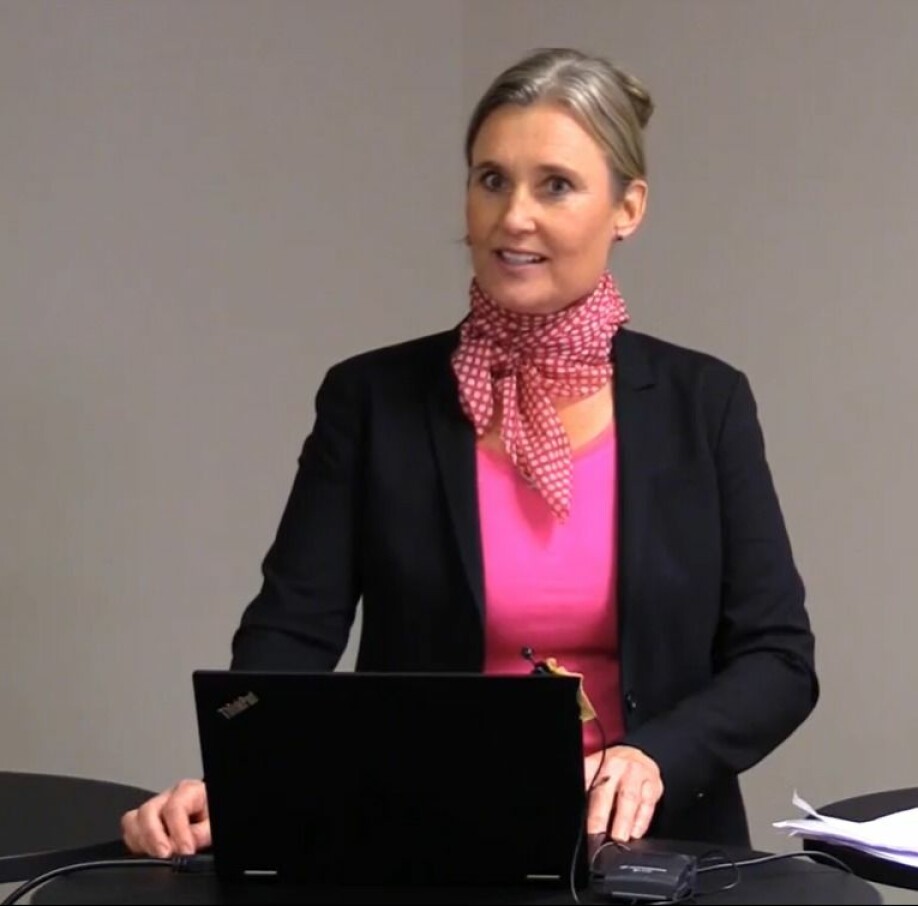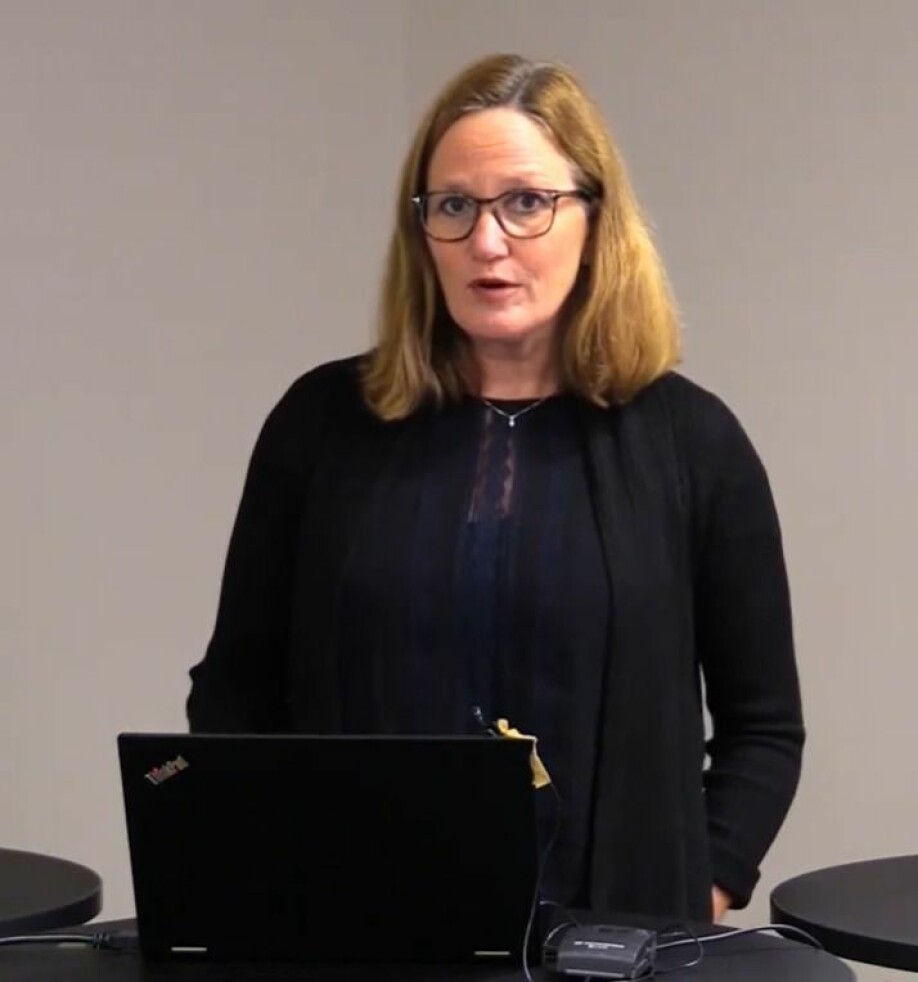
Brain researcher: It’s difficult to separate the physical and mental when it comes to our brains
Emotions, mental ailments, brain diseases: Everything happens in the brain. Technological advances have given us new perspectives on how the brain works, according to Norwegian brain researchers.
"Lisa" is 35 years old, married and has three children. She works as an engineer. Then her life changes. She divorces, starts to struggle at work. Suddenly her mother becomes ill and dies.
She stops feeling joy in her everyday life. This sadness extends to friends and work.
Then one day her daughter finds Lisa unconscious on the floor. Lisa ends up in the intensive care unit at the hospital with hallucinations and seizures. Doctors discover she has autoimmune encephalitis.
With this fictional patient story, Jeanette Koht, a neurologist and researcher at Oslo University Hospital, began her lecture at the recently held Brain Health Conference.
Even though Lisa doesn’t actually exist, her “story” is typical of the patients she sees at Oslo University Hospital, Koht said.
These are people who are admitted to the hospital with what could be thought of as a typical brain disease, but whose life history and previous mental ailments may have played a role in the development of their disease.

Everything happens in the brain
Essentially, she says, the distinction between mental and physical brain diseases has begun to disappear, as researchers and doctors have developed a new view of the brain.
“Everything happens in the brain. For patients, it’s a case of one disease, and they don’t see a sharp distinction between different disciplines,” she said.
Nevertheless, neurologists have typically worked with some diseases, while psychologists and psychiatrists have worked with others, using completely different methods.
“Neurology and psychology have been miles apart, but now we collaborate and use the same technology,” Koht said.
In particular, rapid developments in medical imaging technology have made it possible to study what happens inside the brain, Koht said.
A network in the brain
In the past, neurologists often thought of brain disease as something that affected a limited area of the brain, Koht said.
But that has changed.
“We have a new understanding of the brain as a result of imaging technology. Now we can measure tissue stiffness, find out where pathways go in the brain, and look at chemical substances in the brain,” she said.
This has led to what she calls network models.
By mixing all this information about the brain, researchers have managed to create something new. Now they can see how different areas of the brain work together and where the paths between the different parts go.
“This is really interesting. We as neurologists have often thought in terms of which area is damaged, but now we see more network diseases where we don’t find anything using regular MRI and CT examinations, but where we may get changed imaging technologies in the future,” Koht said.

This is especially interesting for professionals who work with rare brain diseases, as Koht does.
Emotions light up your brain scan
People who rehabilitate patients with brain injuries or diseases are used to thinking about psychology and neurology as a whole, said Marianne Løvstad, a neuropsychologist at Sunnaas Rehabilitation Hospital and professor of psychology at the University of Oslo.
“It’s still my experience that people think it’s strange that we can discover a feeling in the brain using imaging technology. But then I say: Where else would it be?” she said.
Løvstad thinks it’s pointless to rehabilitate someone who has a brain injury or illness without taking into account their life situation and emotional reactions.
“How your life was before you were injured or sick, and how your life is along the way, also has a lot to say for the effect an injury has over time,” Løvstad said.
Nevertheless, she sees the benefit of specialists from various disciplines working with rehabilitation.
"Sometimes we have to split it up to understand that this is the disease and this is the reaction to the disease, but then we have to put it back together," she said.
Translated by: Nancy Bazilchuk
Reference:
Brain Health Conference 2020: Today's brain research gives us a new view of the brain, Webinar 28 October under the auspices of the Norwegian Brain Council
———
Read the Norwegian version of this article on forskning.no
































